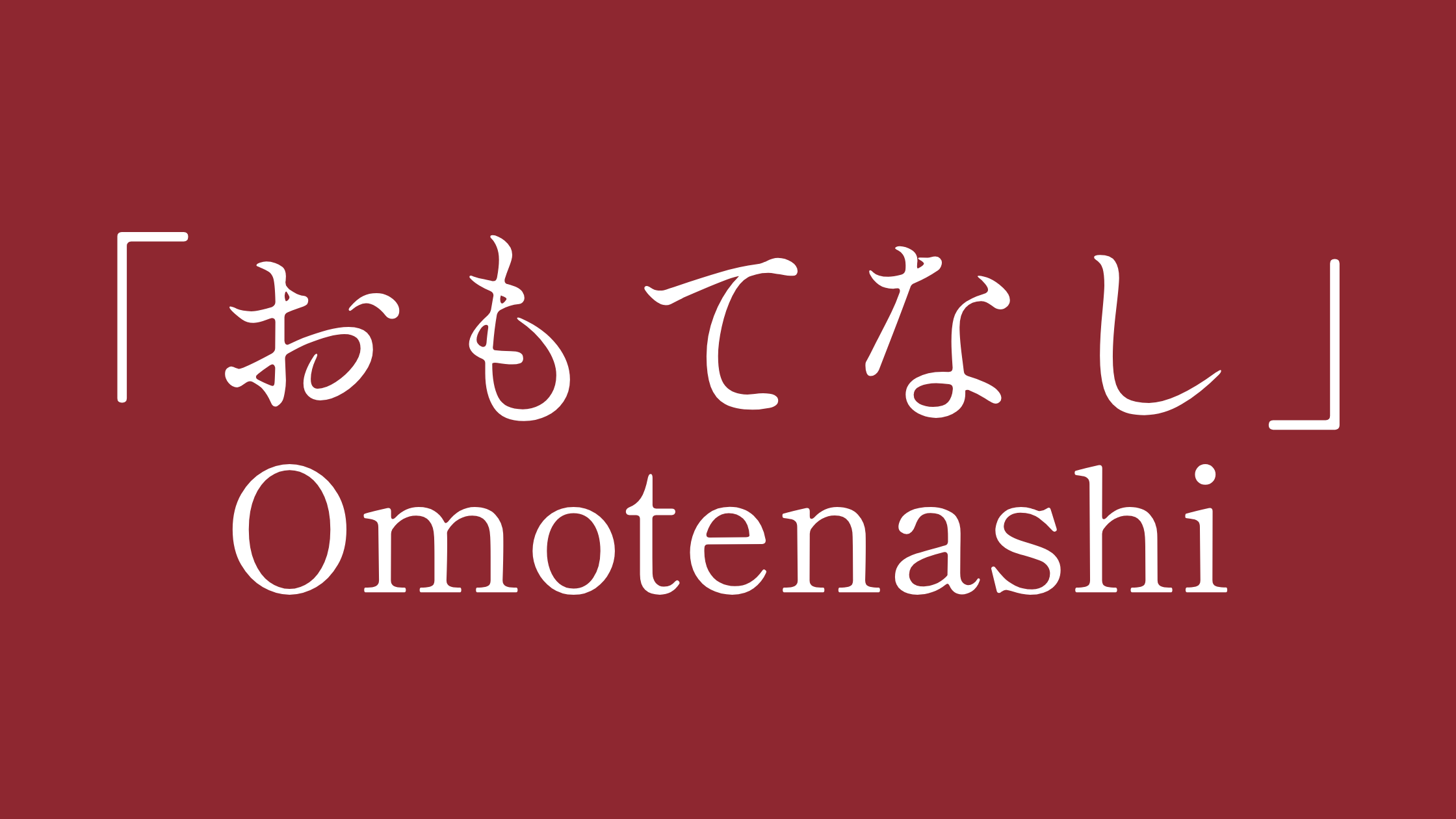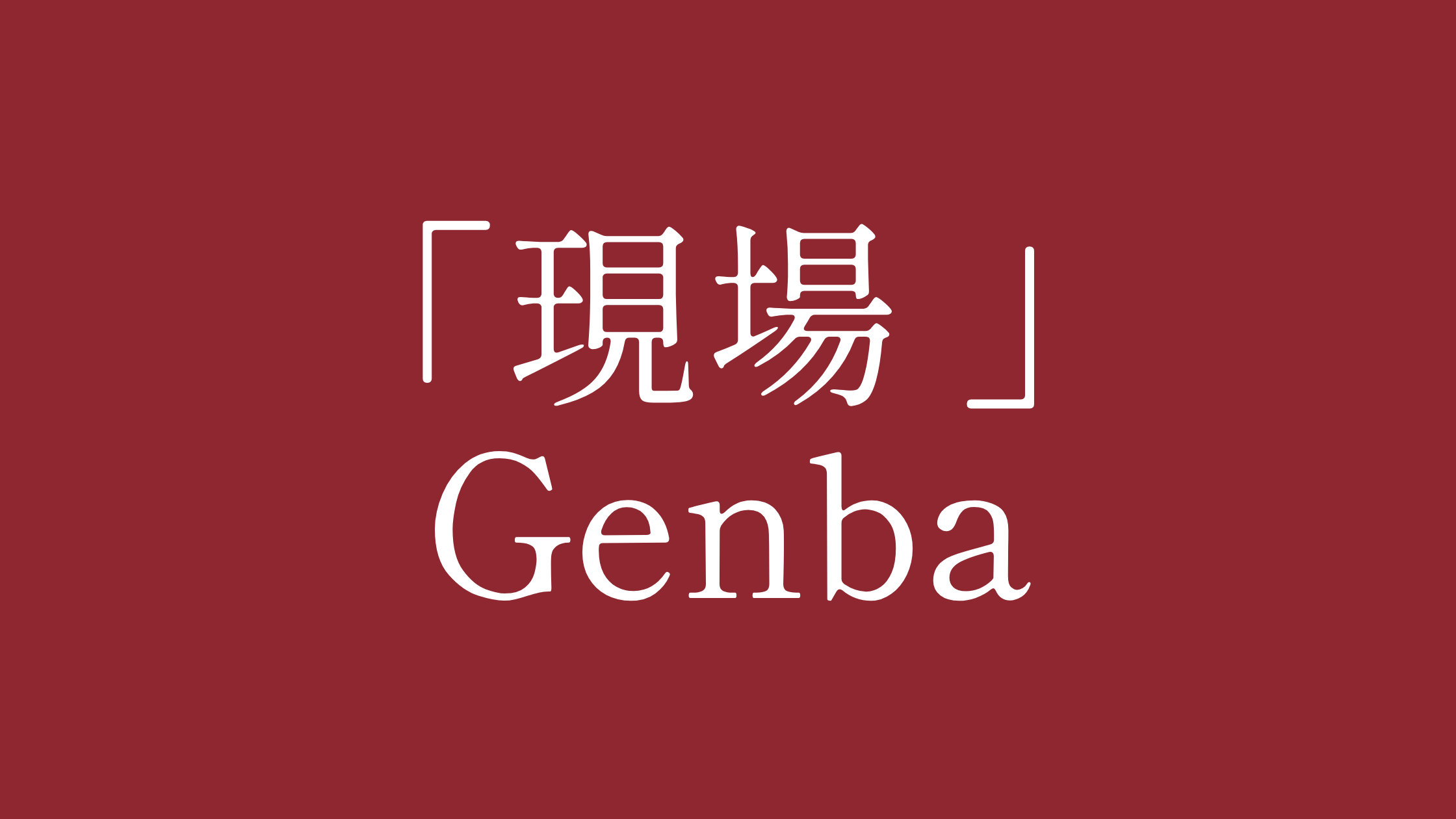
In JCO sessions there is often the assumption that the main obstacle to smooth interaction is a lack of English skill by Japanese colleagues.
While this can also be a factor, here is a recent example of a misunderstanding between two non-Japanese colleagues that both have excellent English skills.
Case Study: One Sentence, Two Meanings
A colleague wrote in a Teams chat: “I guess you’re too busy to do the follow-up right?”
What he meant to say was: “I guess you’re too busy to do the follow-up, right (as in "am I correct?") with the intention of saying "so may be I can help you and take over some tasks. No problem.)"
How it was understood by his colleague: “I guess you’re too busy to do the follow-up correctly (you are doing a bad job, not able to do proper follow-up)”. His colleague was understandably mad and it took time to clear the miscommunication up.
Same words, different punctuation—completely different meaning.
One sounds like a light check-in. The other implies the colleague can’t do the task properly.
Even though English skill was not the issue here; the conflict came from context, emotional state, and a small grammar shift, instead of a lack of vocabulary.
Why did this happen?
- Context often missing in fast threads: Readers fill gaps with their own assumptions.
- Emotional load can distort the message: On a stressful day, neutral phrasing can be read as criticism.
- Grammar mishap: A missing question mark or an added adverb (“right”) often changes the intended meaning.
How to Avoid These Misunderstandings
- Make intent explicit: “Quick check—are you okay if I take the follow-up?”
- Express your concrete sentiment: “No pressure—just coordinating.”
- Choose low-context, direct expressions: Rather use Could you…? / Would you like me to…? than indirect hints.
- Read it once as the other person: If it could be read as blame, rewrite.
Takeaway
In global teams, language mastery isn’t the only hurdle — incorrect micro-signals can be just as dangerous.
A single punctuation mark can turn a nudge into a put-down. Add one line of clarity, and you protect the relationship while moving the work forward.
More articles about communication:
Identifying communication “danger spots”! Part 1
What my “Etch A Sketch party” taught me about Japanese high context communication
Using emoji as a “universal language” for communication with Japan? Well, it is tricky…





